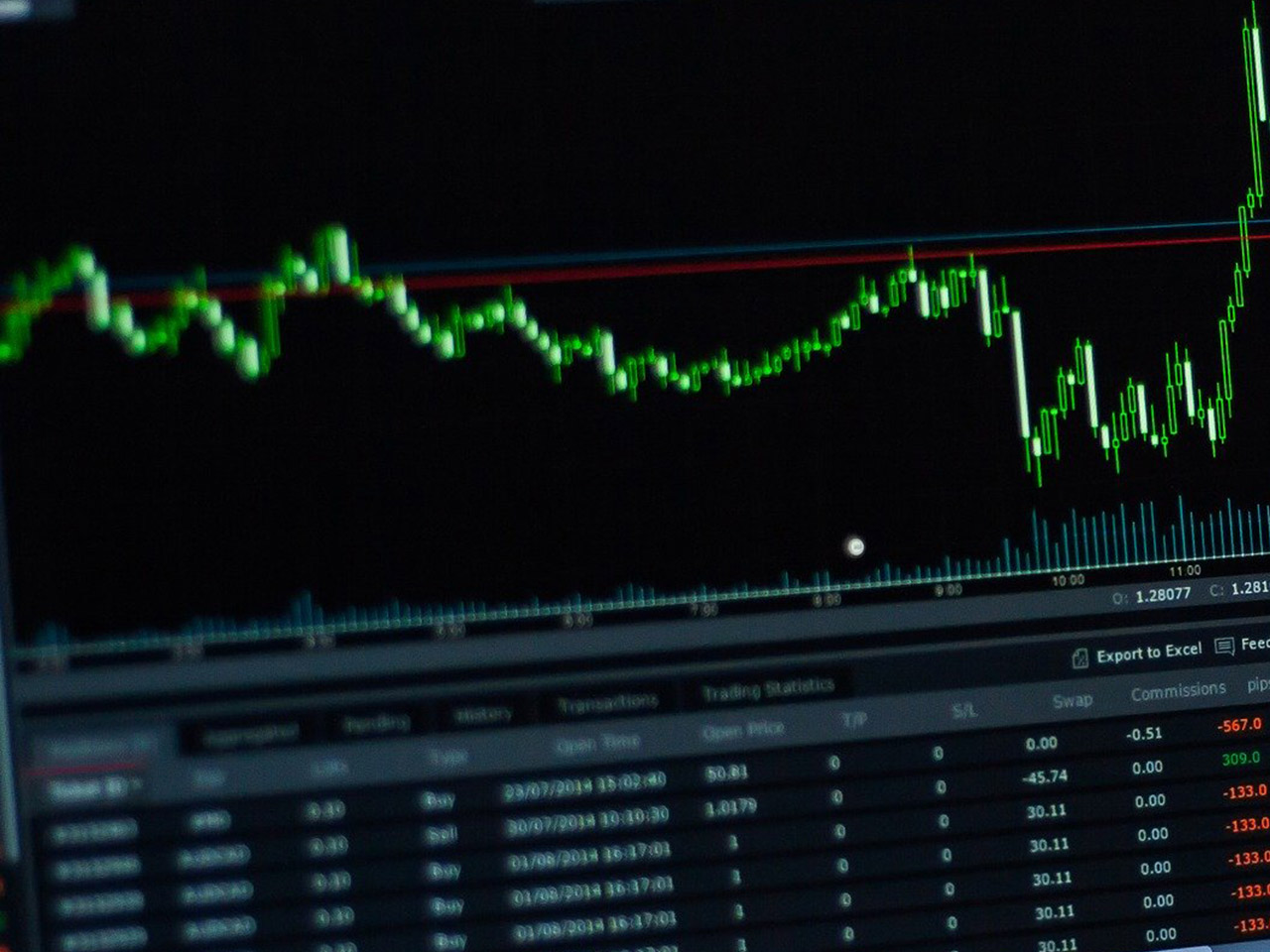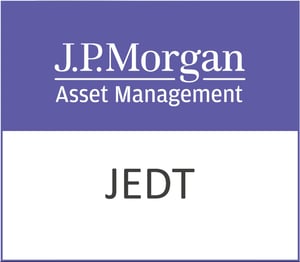Pearson PLC, listed on the London Stock Exchange under the symbol PSON.L, remains a prominent player in the Communication Services sector, specifically within the publishing industry. With a rich history dating back to its founding in 1844, Pearson has evolved to become a global leader in educational resources, offering a diverse range of products and services that cater to different learning needs across the world.
Currently priced at 1,039 GBp, Pearson’s stock price has experienced a marginal decrease of 0.01%, maintaining a relatively stable presence within its 52-week range of 1,013.50 to 1,379.00 GBp. The company’s market capitalisation stands at $6.68 billion, underscoring its substantial footprint in the education sector.
Despite the challenges faced by the industry, Pearson has managed to maintain a decent return on equity at 11.95%, reflecting efficient management of shareholder investments. The company’s revenue growth has seen a slight decline of 1.80%, which may raise concerns about its ability to expand in a competitive market. However, Pearson’s strength lies in its free cash flow of £809.5 million, providing it with the financial flexibility to invest in growth opportunities or weather economic uncertainties.
The education giant is structured into five key segments: Assessment & Qualifications, Virtual Learning, English Language Learning, Workforce Skills, and Higher Education. This diversified approach helps Pearson address the multifaceted demands of the educational landscape, from traditional coursework and assessments to innovative virtual learning solutions. The company’s global reach is significant, extending its influence across the United Kingdom, the United States, Canada, the Asia Pacific, and other European countries.
For income-focused investors, Pearson’s dividend yield of 2.35% is an attractive feature, supported by a sustainable payout ratio of 36.81%. This indicates a balanced approach to rewarding shareholders while retaining sufficient earnings for reinvestment. The analyst community appears cautiously optimistic about Pearson’s future, with four buy ratings and four hold ratings. The average target price of 1,267.50 GBp suggests a potential upside of nearly 22%, signalling confidence in the company’s long-term prospects.
Technical indicators present a mixed picture, with the stock trading below both its 50-day and 200-day moving averages, at 1,066.99 and 1,181.73 GBp respectively. The Relative Strength Index (RSI) at 50.99 suggests a neutral stance, while a negative MACD indicates a possible bearish momentum.
Investors should consider the unique position of Pearson in the educational sector, which is undergoing significant transformations driven by digital innovation and changing learning paradigms. While the company faces headwinds in revenue growth, its robust cash flow, strategic diversification, and commitment to shareholder returns through dividends make it a compelling consideration for those seeking exposure to the education market.
As Pearson navigates the evolving landscape, its focus on technological integration and global reach will likely be critical in sustaining and enhancing its market position.




































